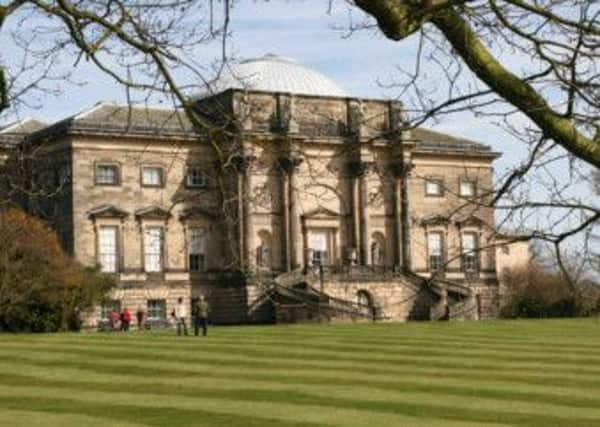Spring cleaning at National Trust properties in Derbyshire


In Derbyshire, it takes several weeks and the use of a cherry picker to clean the windows at Sudbury Hall. Mowing the lawns at Kedleston Hall is a full-time job for one of the gardeners, while vacuuming at Calke Abbey takes at least two hours every day (longer in bad weather). At Eyam, simply changing a light bulb can take an hour because of the number of different bulbs and fuse boxes.
“With many of our places now open all year round, the traditional “spring clean” that happened before the start of the season, takes place throughout the year,” said Catherine MacCarthy, Head of Conservation at the National Trust in the Midlands. “Much of the work to care for the incredible places we look after takes place while they’re open to visitors and we’ve found people are fascinated by what traditionally went on ‘behind-the-scenes’.”
Advertisement
Hide AdAdvertisement
Hide AdThe notion of an annual spring clean comes from the time when many of the places that the Trust cares for were family homes. The spring clean happened in May, at the end of the season when open fires were lit and after the sweeping of the chimneys. Footmen were often absent with the family and so the housemaids and estate staff worked through the house from top to bottom.
Many cleaning tips and tricks have been passed down through the centuries. For example, The Footman’s Directory and Butler’s Remembrancer of 1825 suggest finishing the cleaning of mirrors with a silk handkerchief[ii]. Some methods are no longer used, such as cleaning carpets with damp tea leaves to remove dust and brighten colours, or using bread to clean curtains and bed hangings in situ. However, some of the cleaning methods employed by the National Trust have been used for centuries, for example:
Using a mixture of paraffin and vinegar on a duster for cleaning wooden floors.
Using a variety of brushes: hogs-hair for wooden surfaces, dry sable or pony-hair for glass.
Polishing furniture using wax, including beeswax.
Advertisement
Hide AdAdvertisement
Hide AdPolishing silver items and storing them in bags or lined boxes to prevent tarnishing.
Regular sweeping of chimneys to keep them clear and clean.
Whatever the method, the notion of making furniture, paintings and other objects last longer through regular care is something that touches all aspects of the National Trust’s work, as Catherine MacCarthy explains: “We can all make much-loved objects last from generation to generation. In our own homes, it can be as simple as using special paper, such as silver safe, to store precious photographs or acid free tissue paper for storing textiles, and keeping pictures and fabrics out of direct sunlight wherever possible: an hour’s sunlight can add up to a year’s worth of damage. This is something our ancestors knew as we can see when we look at, for example, where some of their most precious paintings are hung. I’d encourage any of our visitors to ask our staff and volunteers what they’re doing: they’ll be happy to explain and share the tricks of the trade.”
To find out more about behind-the-scenes tours, conservation days, new exhibitions and displays near you, visit www.nationaltrust.org.uk/newbeginnings.